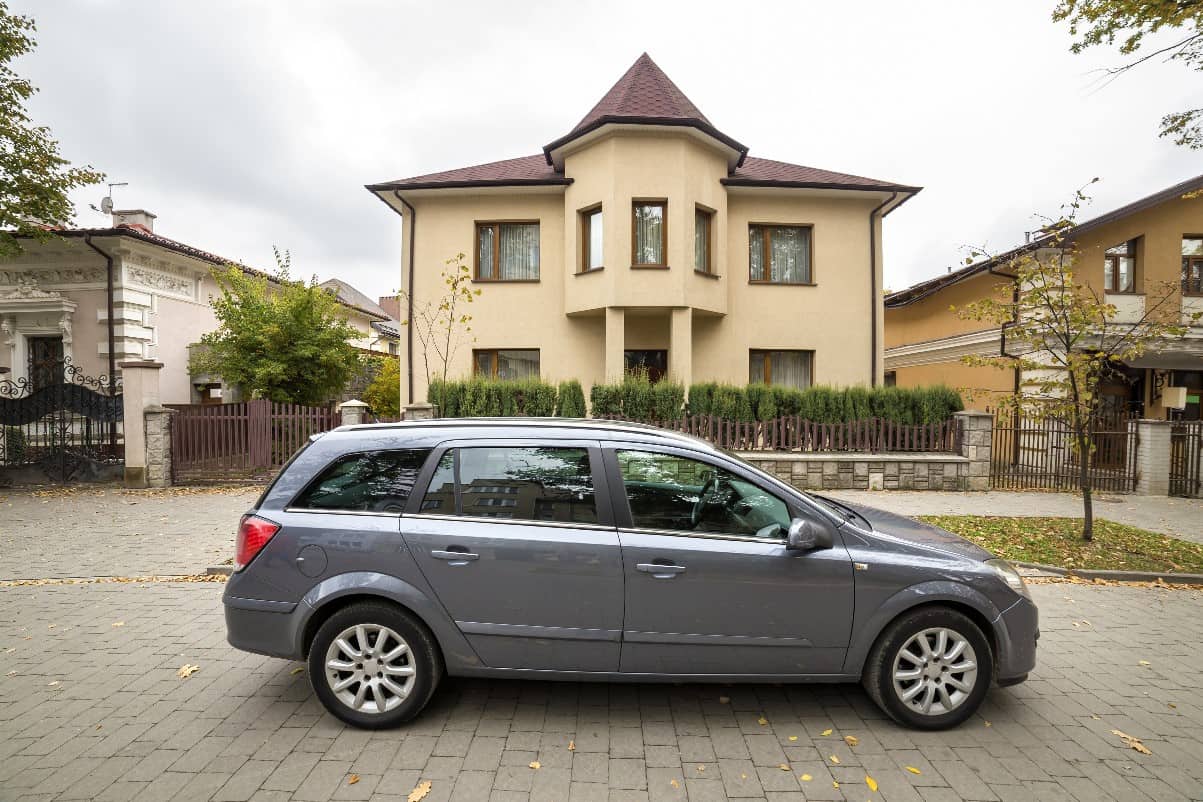
Many people who decide to renovate their driveway or design a brand new one choose paving stones. It is a versatile material that fits perfectly in any type of garden.
A paved driveway makes the yard around the house look neater and more well maintained. Of course, it also has important practical aspects – it is much easier to drive into the garage from a paved driveway. It also prevents dirt on the car, which is inevitable when the surface is wet and covered with mud.
The driveway should serve the homeowners by making it easier for them to leave and drive their cars onto the property every day. The most common and the most durable solution used in driveway construction is the use of paving blocks. It is a material resistant to various weather conditions and the purchase price is not exorbitant. Paving blocks are available in many colors and patterns. They can also be of various sizes. Thanks to such rich offer everybody will find something for himself
As we mentioned before, there are many different kinds of paving blocks in construction stores. First of all, it is worth considering what size, form and color of paving should be placed on our dream drive. An inspiration can be the one stylized on old, demolished buildings, which refers to industrial style
An interesting way to make an original drive is to buy paving blocks resembling different kinds of stones such as granite, sandstone, limestone, basalt or travertine. Many people decide to lay clinker bricks in front of the garage
What should be the thickness of paving blocks used for driveway? When the ground in front of the house is properly paved, paving blocks 6 cm thick are the best choice. Their load capacity is 3.5 tons, which is the weight reserved for passenger cars
In case of expected traffic of heavier delivery trucks and lorries, it is worth to choose paving blocks at least 8 cm thick. When choosing paving blocks for your driveway, pay attention to the fact, whether the manufacturer has impregnated them in the factory. If this is not the case, you should buy on your own a protective agent against excessive dirt.
At the beginning we have to make a small trench about 40 cm deep over the whole surface of the future vehicle. Its bottom has to be properly leveled, and then compacted with a compactor.
After completing this task, it is time to set the curbs, which are inserted into the previously poured concrete foundations. The next layer, which we pour on the paved bottom, is sand combined with grain. To check whether the surface has the right level, it is worth having a paving patch
After the area is properly prepared, the next step is to apply cement and sand ballast on the surface of the driveway.Its task is to protect the paving blocks from cracking under heavy pressure caused by traffic. This stage is omitted when we lay sidewalk sidewalk on which only people will walk.
The higher the amount of cement in the ballast, the more resistant the driveway is to the load. The layer of ballast should be at least 10 cm, in the ratio 1:12, where sand is the bigger part and cement the smaller. Before the sett blocks are laid, the surface has to be thoroughly levelled.
The previous stages were aimed at preparing the base, on which the paving blocks will be laid. The elements should be laid close to each other, pressing each brick with a rubber hammer. Such a tool will not damage the new paving blocks, but it will properly consolidate them in the earlier prepared sand
The sett blocks should adhere to each other evenly, leaving no free space. The paving blocks should be connected with the surface by means of a tool called surface vibrator, on which we put a rubber cap. Finally, we pour sand on the pavement in order to stabilize the newly laid paving blocks.